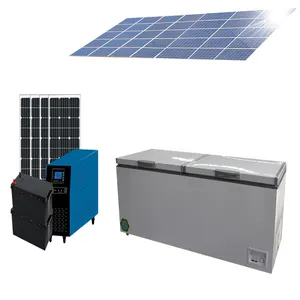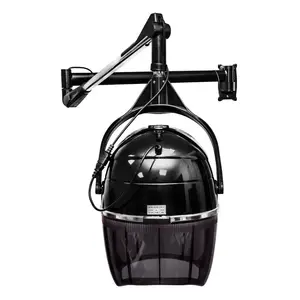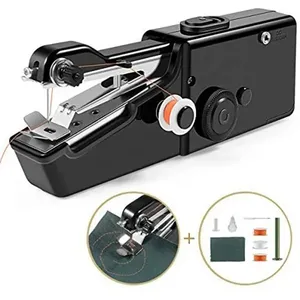Popular in your industry











Related Searches:
























Top categories
About europe air conditioner
An European AC is an air conditioner designed to meet the specific requirements of the European market. The European Union has unique guidelines for energy efficiency, refrigerants, and performance standards for air conditioning systems. Consequently, European AC units are tailored to comply with these standards, ensuring they are environmentally friendly and energy efficient, which are essential features for the European market. This means that AC Europe are a versatile option for consumers who are looking for a reliable and energy-efficient cooling solution that is compliant with European regulations.
Types of European AC units
European AC units come in various types, each with its specific features and benefits. One of the most common types of European AC units is the split system, which consists of an outdoor condenser unit and an indoor evaporator unit connected by refrigerant lines. This type is popular for its cooling efficiency and quiet operation. On the other hand, portable European AC units are compact, easy to install, and can be moved from one room to another. This is a great option for small spaces and for those who want a flexible cooling solution. Additionally, window European AC units are designed to fit into standard windows. This type is easy to install and is a cost-effective solution for single-room cooling. Lastly, ductless mini-split European AC units provide cooling to multiple rooms and offer flexibility in zoning different areas of a home. This type is energy efficient and provides individualized comfort.
How European air conditioners work
A European air conditioner uses refrigeration principles to remove heat and humidity from the air. The process starts with the refrigerant, a chemical compound with a low boiling point, which is pumped through a closed system of coils. The refrigerant absorbs heat from the indoor air and evaporates into a gas, cooling the air in the process. The warm refrigerant gas is then moved to the outdoor unit, where it releases the heat and condenses back into a liquid. The liquid refrigerant returns to the indoor unit, and the cycle continues. The cooled air is circulated back into the room, maintaining a comfortable temperature. Additionally, the process also removes moisture from the air, contributing to dehumidification. The efficiency of this process is determined by the SEER (Seasonal Energy Efficiency Ratio) rating, which indicates how much cooling the unit provides per unit of energy consumed. Higher SEER ratings mean better energy efficiency.
Benefits of using a European air conditioner
One of the significant benefits of using a European air conditioner is energy efficiency, as these units are designed to comply with strict European energy standards. This not only helps reduce energy consumption and utility costs but also contributes to environmental sustainability by lowering carbon emissions. European AC units also often use eco-friendly refrigerants, such as R-32 and R-410A, which have less environmental impact compared to traditional refrigerants like R-22. Moreover, European air conditioners are equipped with advanced features, such as programmable thermostats, sleep modes, and smart controls, providing users with enhanced comfort and convenience. Some European AC units are also designed to operate quietly, making them suitable for residential and commercial settings where noise can be a concern.


























